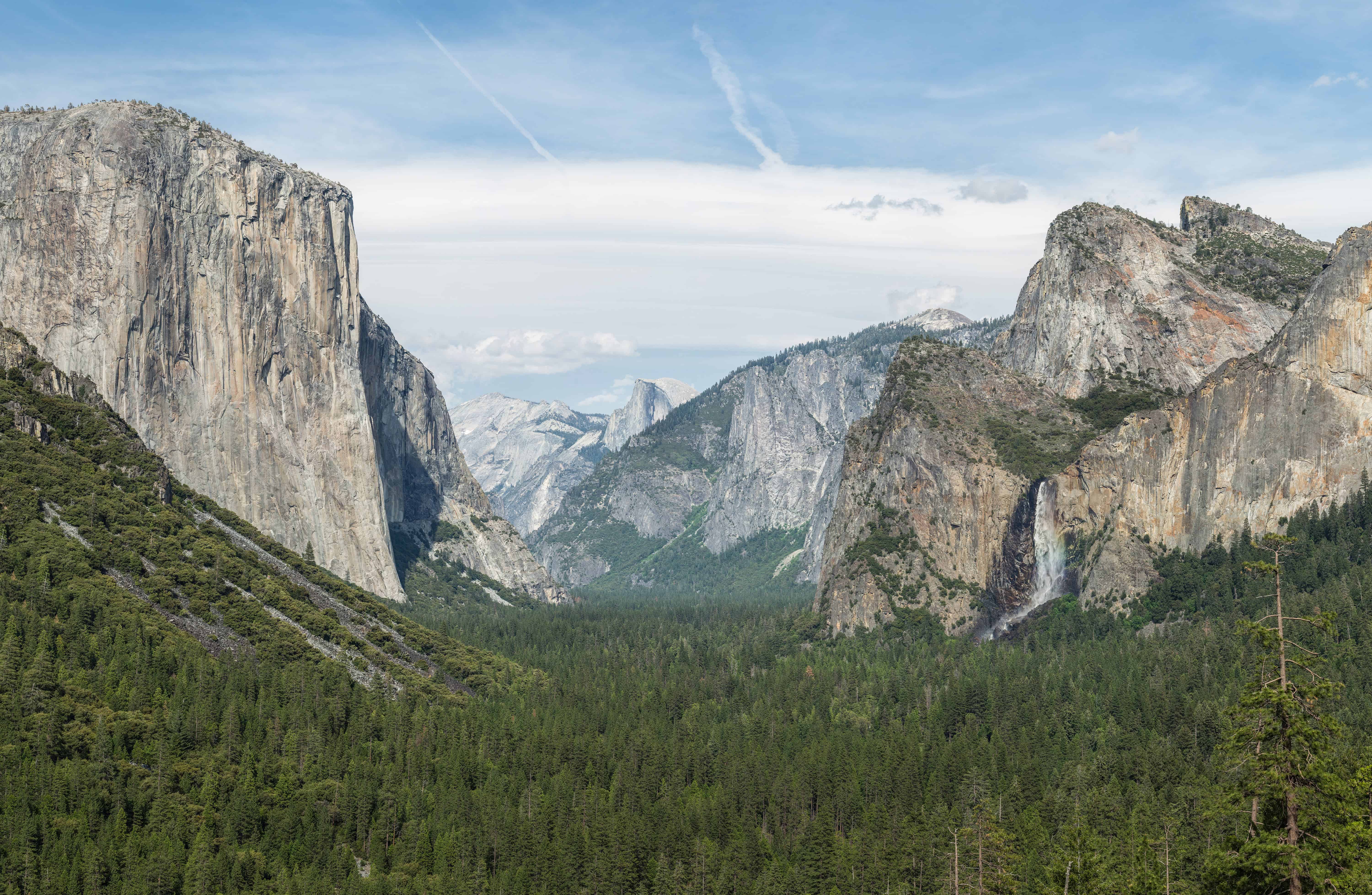In Yosemite, roughly 27 tons of garbage have clumped up in the 12 days since the government shut down.

In the US, a government shutdown occurs either when Congress fails to pass or the President refuses to sign legislation funding federal government operations and agencies. Currently, the point of contention is the border wall that President Donald Trump wants to build, requesting $5.7 billion in funding, which the Congress refuses to give. During government shutdowns, all but the essential government employees are furloughed (not working, not being paid).
Skipping over the thorny political situation, this is already having massive environmental implications. Dozens of National Parks are operating with minimum staff, which means that garbage and waste are piling up at a huge rate. While volunteers and non-profit groups are stepping in to handle some of this problem, they can’t make up for regular maintenance.
As the parks’ skeleton crew and volunteers can’t keep up with maintenance, garbage continues to accumulate at an alarming rate. There are no official figures for how much garbage there is in each park, but Quartz calculated that Yosemite has accumulated approximately 27 tons in the 12 days since the shutdown. Each year, visitors leave behind, over 100 million pounds (45,000 tons) of garbage. Considering the past 12 days as representative for the yearly average, that amounts to 3.2 million pounds (1,450 tons) of garbage nationally, the vast majority of which has not been cleaned — and those are both conservative estimates.
To make matters even worse, visitors are flocking to National Parks because there is no one to take the visiting tolls, which means there’s a good chance many parks are receiving visitors way above the yearly average.
Human faeces is also reaching alarming levels. For instance, Yosemite has been forced to close some of its campgrounds and entrances due to human waste and garbage that have become health hazards. In Sequoia National Park, which hosts home to immense and ancient giant sequoias, several areas were closed due to overflowing bins and toilets, as crowds of visitors were driving into the park to take advantage of free admission.
“It’s really a nightmare scenario,” said John Garder, senior budget director of the nonprofit National Parks Conservation Association. Garder also added that he fears without supervision, natural treasures will also be damaged by visitors. “We’re concerned there’ll be impacts to visitors’ safety, he added.”
Spokesman Jeremy Barnum said that “parks may close grounds/areas with sensitive natural, cultural, historic, or archaeological resources vulnerable to destruction.”
This is yet another reminder that political decisions can have dramatic consequences for science, the environment, and ultimately — for all of us.
If you are planning to visit a national park in the future days or weeks, do check the official announcements. Most, if not all national parks continued posting regular updates on social media.


